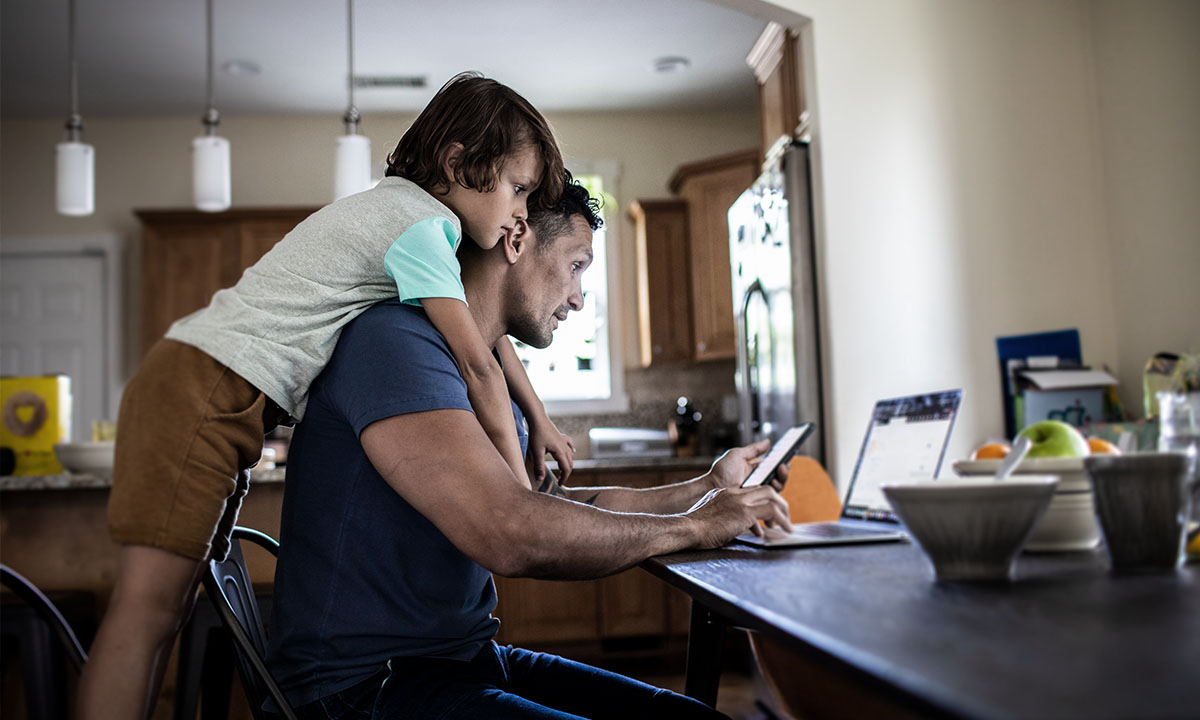Three years ago, with no instruction manual in hand, organizations around the world suddenly had to adapt to a new normal of remote and hybrid work. Now, as workers return to the office — or decide they never will — it's helpful for employers to reflect back on the lessons they learned as they plan for a post-pandemic era.
Since 2020, the Oliver Wyman Forum has surveyed more than 150,000 respondents globally about changes in the workplace. Here are three key insights gleaned from that research.
‘WFH’ is here to stay
Before the pandemic, many organizations were hesitant to allow employees to work from home (WFH), fearing it would lead to decreased productivity and a lack of connectivity. Interviews with several C-suite executives on a variety of issues related to people and organizational performance reveal leaders have some of those concerns, but employee sentiment data suggests this is less of an issue than we expected.
Employees who prefer working from home feel connected to their company goals, feel valued by their company, and believe in the future of the company, according to the Oliver Wyman Forum research. The differences in engagement between at-home and office workers are small. For example, 67% of white-collar Gen Z employees who prefer fully remote or hybrid work said they believe in the future of their company. That number increased by only seven percentage points for white-collar Gen Z employees who prefer to work entirely in the office.
Numerous studies suggest remote workers pull their weight. The University of Chicago found that almost 60% of remote workers are more productive than their in-office counterparts. A Harvard study, meanwhile, found that 33% of remote workers felt improved quality of both their work and non-work lives.
Across seniority levels, individuals prefer the ability to do their work remotely or in a hybrid setting, according to Oliver Wyman Forum research. Upper and middle management are more likely than their subordinates to want to do their work remotely or in a hybrid model, but across all organizational levels people value the flexibility provided by the ability to work outside the office.
One interesting trend possibly supporting the desire for flexible working arrangements is the rise of side hustles. In addition to more traditional side-gigs like hobbies or babysitting, technology has allowed people to make money on the side seamlessly facilitated through their phone or computer. There are countless ways tech can be used to earn money: from selling a handmade coffee mug on Etsy, monetizing social media posts, or arranging pet-sitting through an app. Some even leverage skills from their full-time jobs, like a professional graphic designer selling tutorials for beginners. Side hustling is particularly pronounced among white-collar Gen Zers. More than half (53%) of those employed in the retail, hospitality, and leisure sectors, for example, said they are earning extra money through such endeavors, according to research from the Oliver Wyman Forum. And almost none of those with side hustles want to be in the office exclusively. Rather, 41% said they prefer remote work, while 51% said they prefer a hybrid model.
The bottom line: worker preferences should be taken seriously by employers who are considering 100% in-office mandates. Such measures risk alienating a significant portion of the workforce.
...But offices aren’t obsolete
During the pandemic, as remote work skyrocketed, there was considerable debate about the usefulness and long-term viability of offices. Oliver Wyman Forum data suggest remote work hasn’t replaced the office entirely. People still value the office for learning and development, events, and seeing colleagues. In fact, 39% of white-collar workers surveyed in the United States and United Kingdom said they want in-person training, while 42% said they want to be in the office to see their colleagues.
Some companies got creative with office space design to better accommodate the needs of hybrid working. One San Francisco-based telecom company, for example, has transformed its office spaces into coffee shops, creating a comfortable environment for employees to collaborate and have a change of scenery.
Carrots work better than sticks
Mandates can cause friction among employees and negatively impact retention. There’s a better way: Employees say they want free food, subsidized commutes, and mental health spaces, so give it to them.
One global accounting firm created a multimillion-dollar fund to help ease the transition back to the office for employees and remove barriers to coming in. The fund covers commuting costs, childcare, and even pet care, with unlimited reimbursements available over the fund’s duration. The firm has said the initiative helped workers get into the office, that employees appreciated the gesture, and that new recruits cited it as a key driver of their decision to join.
New Models
COVID-19 has forever changed the way people want to work, and companies will benefit from continuing to adapt their models and physical spaces as they learn more about which approaches are best and why. It's important to stay flexible and open to new ways of thinking. By doing so, companies can ensure they're providing employees with the best environment to do their best work.
Dallas Wilson and Sophia Lynn contributed to this article.

